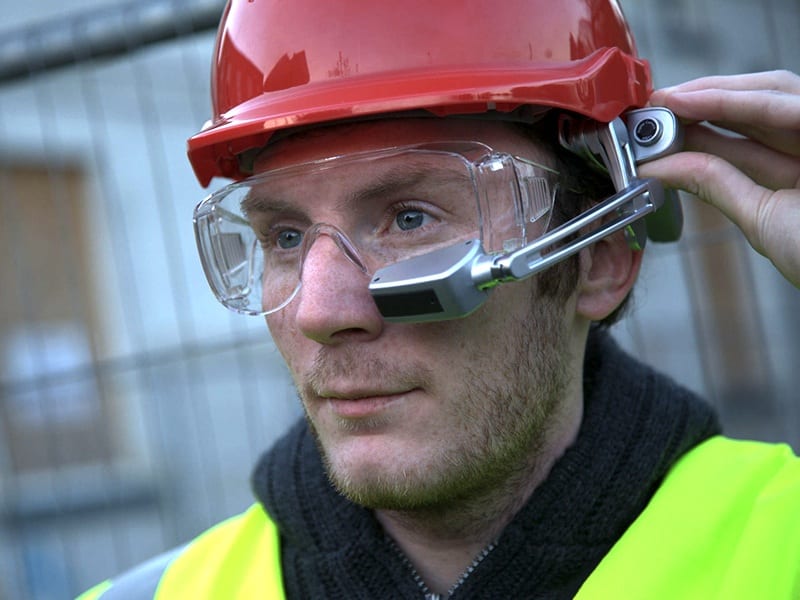You’ve probably seen or heard the wearable technology buzz. It was a hot topic at the International CES event in January, and was getting plenty of coverage before that. As it relates to the markets we cover, wearable technology usually refers to smart watch devices like Samsung’s Galaxy Gear or smart glasses like Google’s Google Glass. What’s most interesting to me about this trend is what some are saying about how they see the adoption playing out. Typically, a trend begins with consumers and eventually makes its way over to the business realm. Take, for instance, the iPad — after extreme consumer popularity ensued, businesses began looking at how their operations could benefit from tablets like the iPad.

However, what’s interesting to me about wearables is that some are saying the adoption could happen the other way around — with business use of the technology taking off first, and then consumers following suit. I read an article recently on Wired.com titled “Why Cops and Cable Guys Will Be the Pioneers of Wearable Tech” that did a great job of explaining why this may be the case. The article lists three main reasons: that wearables can actually help workers get their jobs done better, that work-focused wearables don’t need to be all things to all people (as is the case with consumer devices), and that dorkiness isn’t a problem at work.
A Good Fit, but Don’t Buy Just Yet
The idea this article is presenting makes some good sense to me. These devices are the epitome of mobile — I can see how the less invasive, more hands-free features could become must-haves for the mobile worker in the future. However, at this point, I think wearable technology is a trend to keep your eye on — not something you need to start piloting right away. Watch for first-generation success stories of companies leveraging these technologies, and let those companies work out the first-generation kinks. Once you see some business adoption, it’ll be time to start thinking about how wearable technology might impact your own mobile workforce.
This article first appeared in Field Technologies Magazine and was written by Editor-in-Chief Sarah Nicastro.

Share this: